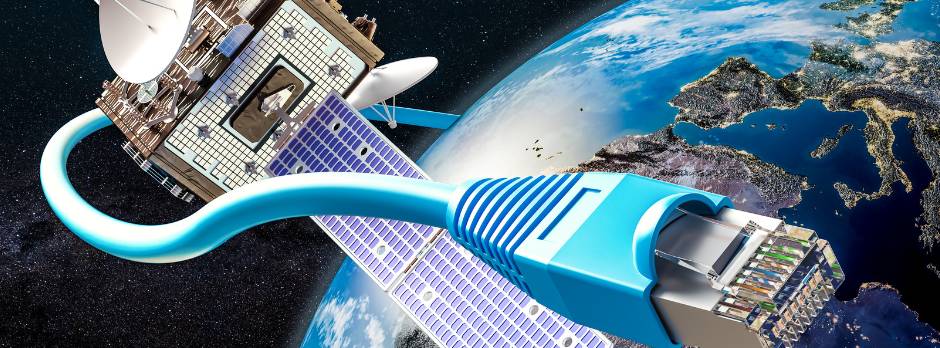Thanks for checking back in. Glad to see you are looking for the latest articles and stories from our off-grid play ground.
Have you signed up for our newletter yet? You could find your next adventure there. lots of things going on with the reboot of Outside Supply. New content being added daily.
Featured Content

Are RV Prices Falling?
Economic conditions are changing swiftly. Inflation is high, and interest rates are rising rapidly to combat inflation. One could only expect that market forces that drove RV prices higher, when reversed, should push prices down. In the last few years, let us consider all the unusual factors that caused RV prices of both new and used units to go up significantly.
Read more
The guide for Starlink for RV
Starlink, SpaceX’s Global Satellite Constellation, might be the remote worker and RVers’ dream connection. With a global connection footprint, you could really travel in your RV just about anywhere. There are some imortant conisderations to consider with how Starlink accounts operate and where you can use them. Let’s get started.
Read moreLatest article:
Are lithium batteries worth the cost? Tips for finding your prewired RV Solar cables Answers to common questions So you want to convert a van Top 5 Inverter Chargers for 2023 Top 5 reasons to buy a onboard generator with your RV Top 3 Reasons to Have Lithium Rv Battery Bank and One Reason Not To
Popular
Look at these items which have been very popular lately:
190 Watt panels are a great RV size and footprint
For years we sold the Go power 190 high quality solar panels. This robust size was powerful yet had a great form factor. These panels have recently been upgraded to 200 watts in the same form factor.Some 190 and 200 watt RV solar panels
Go Power 190 Watt Overlander Kit
This Go Power kit is the basic building block of a standard RV solar kit. It comes with the solar panel controller, brackets and solar cable.
Last updated 3 mins ago
Maybe save a few dollars with another RV solar panel brand.
190 Watt Solar Panel
This is a 190 watt bare solar panel. It claims to be RV friendly and has a pretty good price.
Last updated 3 mins ago
Simple wattage calculator for devices in your RV
To calculate the wattage of an item it is important to know both the amps and the volts that the item uses. This simple calculator will give you an easy conversion to watts.
It is based on volts X amps = watts.
Volts: Amps:Wattage: {wattage}
Is a generator right for your RV power system? Should I order one with my RV
The answer to your off-grid refrigerator might just be the Go Power AE-6 kit
Refrigerators in Class A, Class B and Fifth Wheels have gone to residential types. These residentials types will not runn off of your battery bank alone. You need an inverter, a large battery abnk and solar panels to operate seamlessly. A generator on board is always a good choice as well.
Go Power AE-6 Solar Kit
Designed for refrigerators and larger loads
More power from the sun for faster recharge times
Just add a battery bank of 500 to 1000 amp hours, and this kit will usually support your fridge off-grid. There will always be low light weeks where a short generator run or plugin will kepp you going. The AE-6 has the power to keep it charging and running. The six in the name is for 6 solar panels.
Where the inverter chargers are right
